Artel FiberLink 1900 Series User manual
Other Artel Transmitter manuals
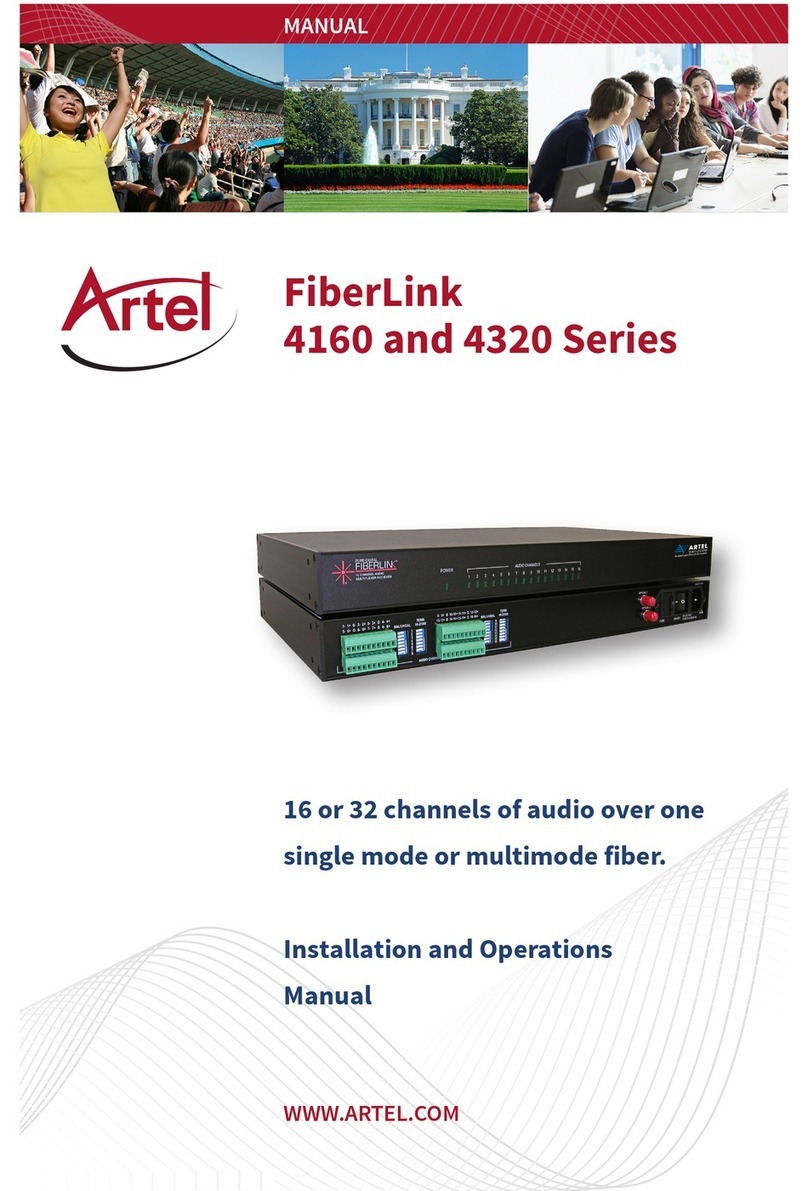
Artel
Artel FiberLink 4160 Series User manual
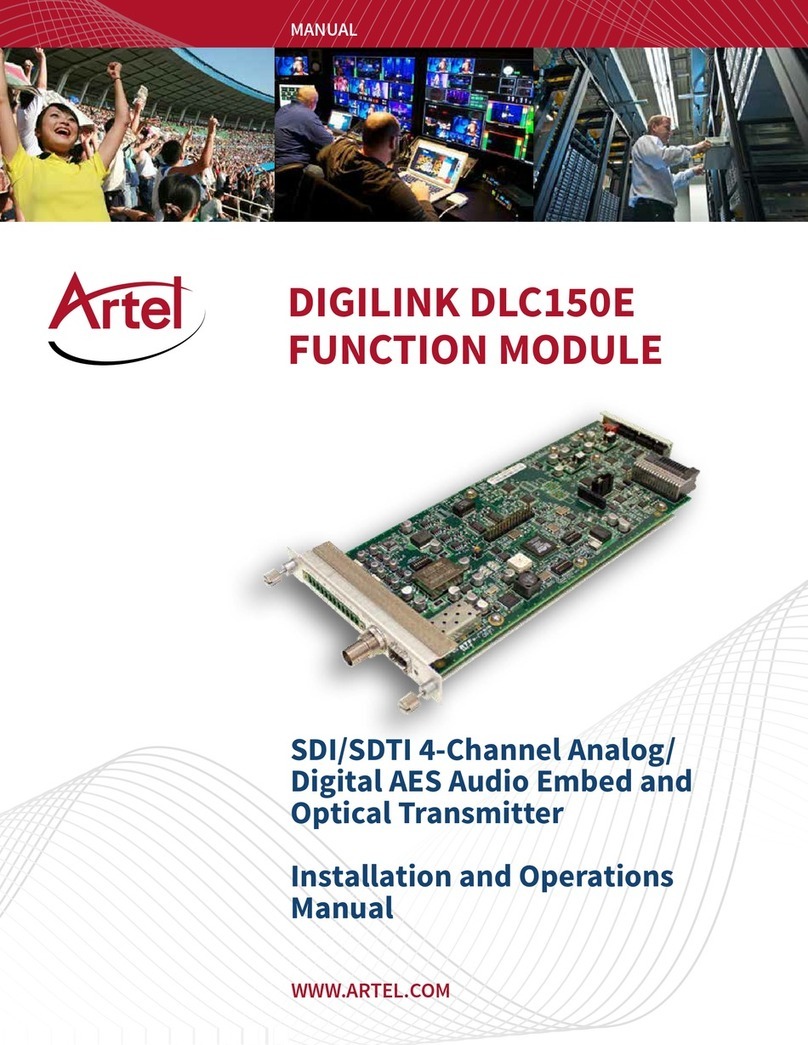
Artel
Artel DigiLink DLC150E User manual
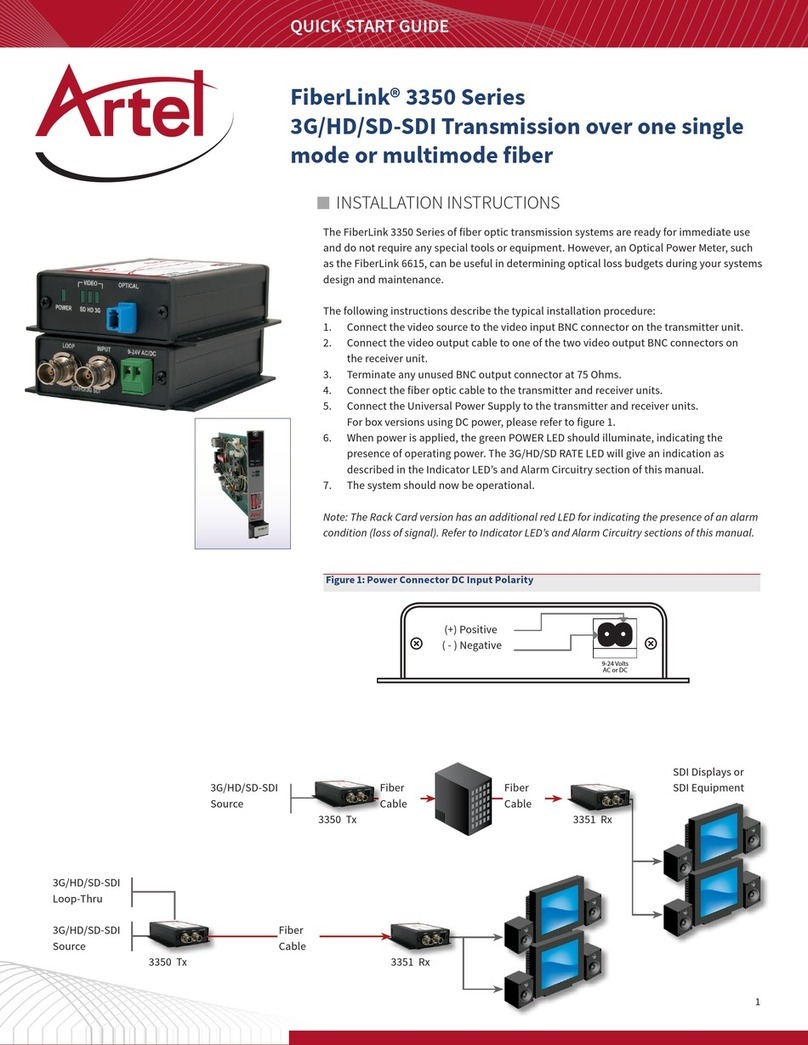
Artel
Artel FiberLink 3350 Series User manual

Artel
Artel INFINITYLINK ILC103A User manual
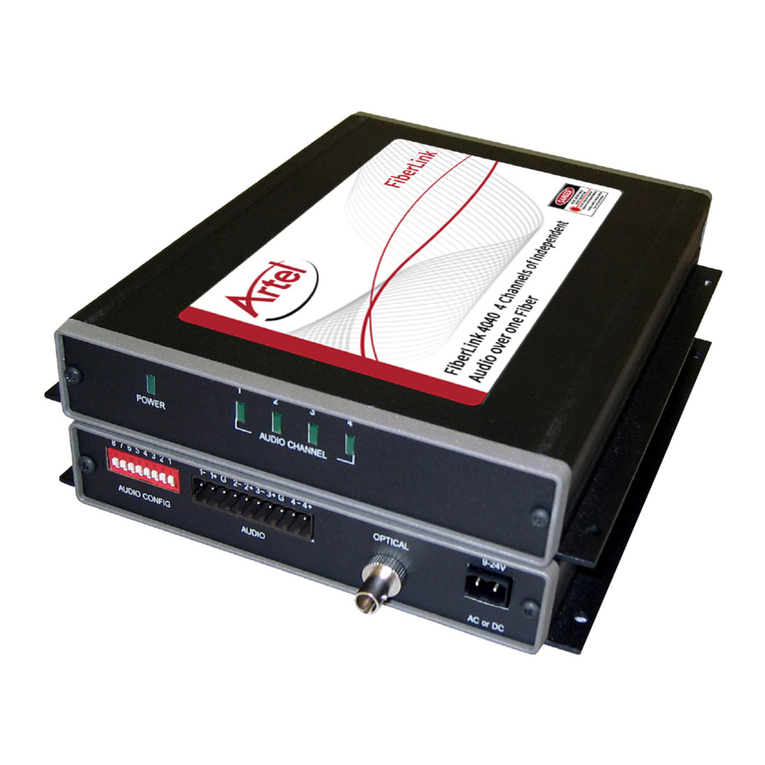
Artel
Artel FiberLink 4040 Series User manual

Artel
Artel Fiberlink 3352 Series User manual

Artel
Artel FiberLink 3350 Series User manual
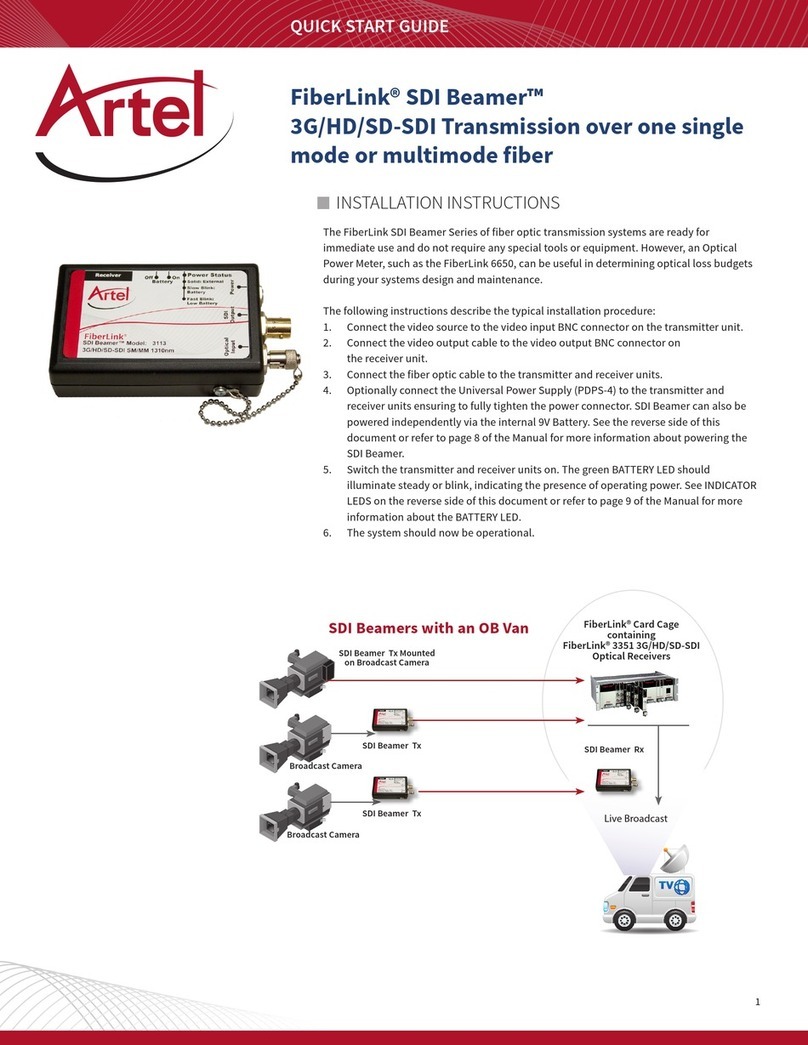
Artel
Artel FiberLink SDI Beamer User manual
Popular Transmitter manuals by other brands

Geo
Geo Web Pack quick start guide

Inovonics
Inovonics EchoStream EN1210W installation instructions

IKONNIK
IKONNIK KA-6 quick start guide

Rohde & Schwarz
Rohde & Schwarz SR8000 Series System manual

Audio Technica
Audio Technica UniPak ATW-T93 Installation and operation

NIVELCO
NIVELCO EasyTREK SCA-300 Series Programming manual





















